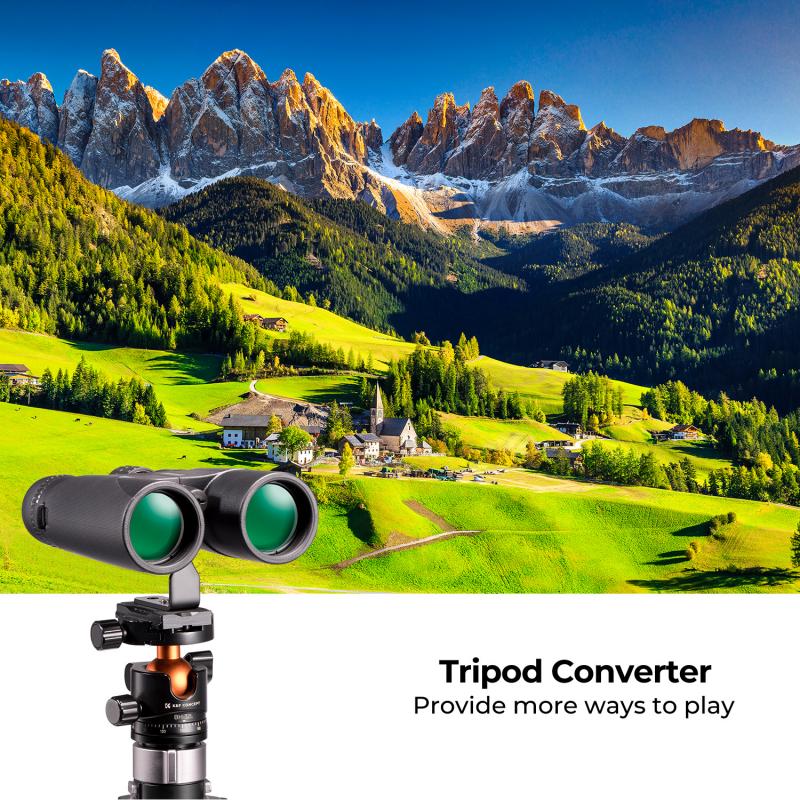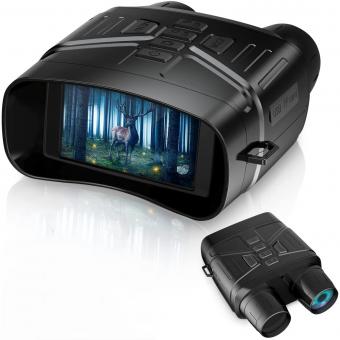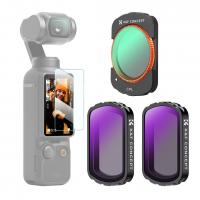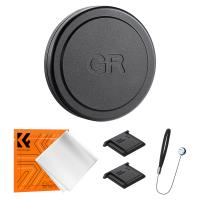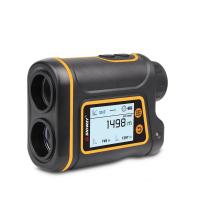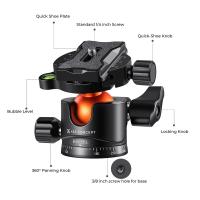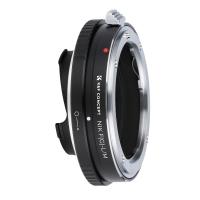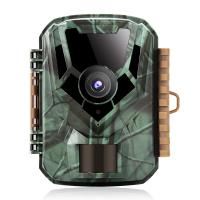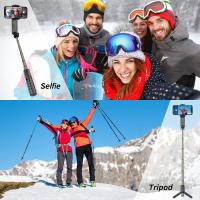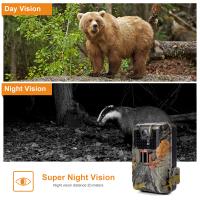What Are The Best Binoculars For Astronomy ?
Some of the best binoculars for astronomy include the Celestron SkyMaster Giant 15x70, Nikon 8252 ACULON A211 10-22x50, and Orion 09327 Giant View 15x70. These binoculars offer high magnification, large objective lenses, and good light-gathering capabilities, making them suitable for stargazing and observing celestial objects. Additionally, they often have features like tripod adaptability and comfortable eyepieces for extended use. It is important to consider factors such as the weight, field of view, and image quality when choosing binoculars for astronomy.
1、 Aperture: Larger objective lenses for better light gathering.
The best binoculars for astronomy are those that have larger objective lenses for better light gathering. Aperture refers to the diameter of the objective lenses, and larger apertures allow more light to enter the binoculars, resulting in brighter and clearer images. This is particularly important for astronomy, as it allows for better visibility of celestial objects, especially in low-light conditions.
Binoculars with larger apertures, such as 50mm or 70mm, are ideal for astronomy. They provide a wider field of view and allow for better observation of faint objects like galaxies, nebulae, and star clusters. The increased light gathering capability also enhances the visibility of details on the moon and planets.
In recent years, there have been advancements in binocular technology that have further improved the viewing experience for astronomers. Some manufacturers now offer binoculars with specialized coatings on the lenses, such as anti-reflective coatings, which reduce glare and improve contrast. This can be particularly beneficial when observing bright objects like the moon or planets.
Additionally, there are binoculars with image stabilization technology, which compensate for hand movements and vibrations, resulting in steadier views. This can be advantageous when observing celestial objects for extended periods or when using higher magnifications.
It is worth noting that while larger aperture binoculars offer better light gathering capabilities, they can also be heavier and bulkier. Therefore, it is important to consider factors such as portability and comfort when choosing binoculars for astronomy.
In conclusion, the best binoculars for astronomy are those with larger objective lenses for better light gathering. Advancements in technology, such as specialized coatings and image stabilization, have further enhanced the viewing experience. However, it is essential to strike a balance between aperture size and portability to ensure a comfortable and enjoyable observing session.
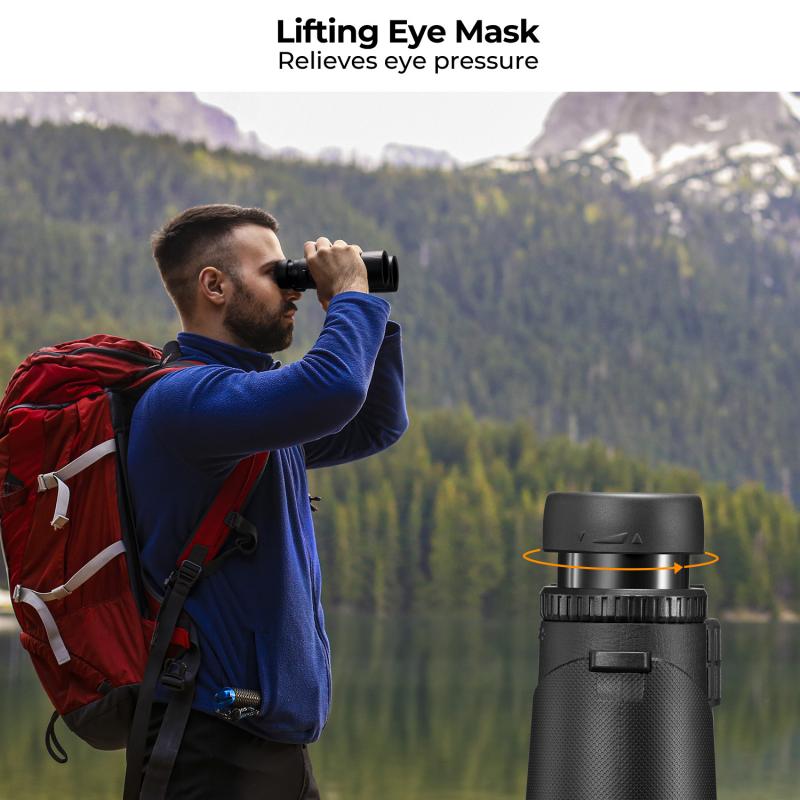
2、 Magnification: Higher power for detailed celestial observations.
The best binoculars for astronomy are those that offer higher magnification for detailed celestial observations. When it comes to stargazing, magnification plays a crucial role in bringing distant objects closer and revealing intricate details. Binoculars with higher magnification allow astronomers to observe celestial bodies such as the moon, planets, star clusters, and even some nebulae with greater clarity.
However, it is important to strike a balance between magnification and other factors such as field of view and stability. Higher magnification binoculars tend to have a narrower field of view, making it more challenging to locate objects in the sky. Additionally, higher magnification can also amplify hand movements, resulting in a shaky image. Therefore, it is recommended to use binoculars with magnification between 10x and 15x for astronomy purposes.
In recent years, there have been advancements in binocular technology that have improved the viewing experience for astronomers. Some manufacturers have introduced image stabilization features, which help counteract hand movements and provide a more stable image. This is particularly useful when using higher magnification binoculars.
Moreover, binoculars with larger objective lenses (the front lenses) gather more light, resulting in brighter and clearer images. This is especially beneficial for observing faint celestial objects. However, larger objective lenses also make the binoculars heavier and bulkier, which may affect portability and ease of use.
Ultimately, the best binoculars for astronomy are those that strike a balance between magnification, field of view, stability, and portability. It is recommended to try out different models and consider personal preferences and needs before making a purchase.
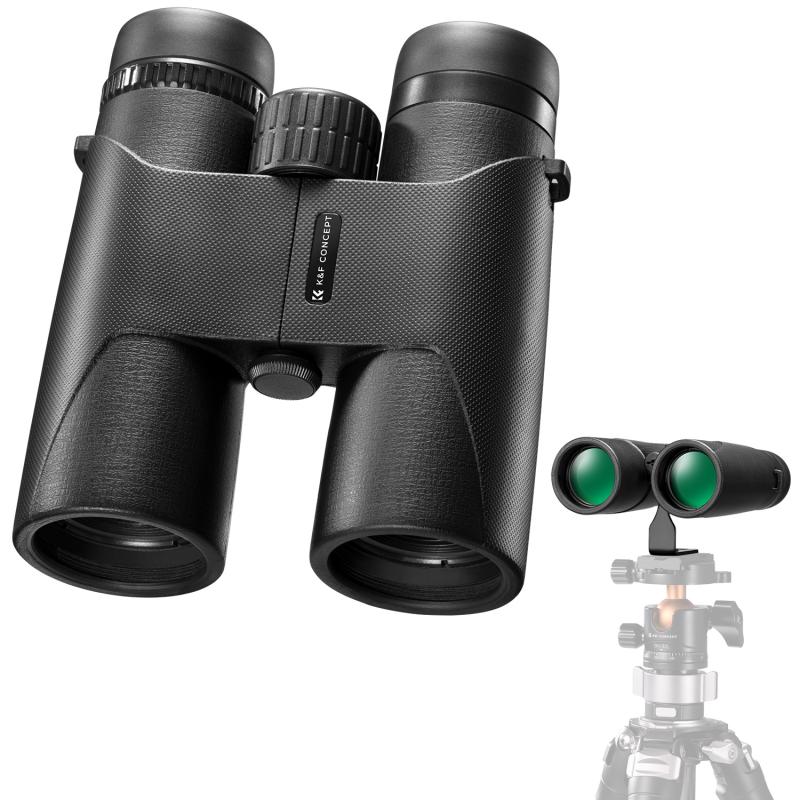
3、 Field of View: Wider FOV for easier tracking of moving objects.
The best binoculars for astronomy are those that offer a wider field of view (FOV) for easier tracking of moving objects. A wider FOV allows you to observe a larger portion of the night sky, making it easier to locate and follow celestial objects as they move across the sky.
When it comes to astronomy, a wider FOV is particularly important because many objects in the night sky, such as planets, stars, and galaxies, are constantly in motion. By having a binocular with a wider FOV, you can keep these objects in your field of view for a longer period of time without having to constantly readjust your position.
In recent years, there have been advancements in binocular technology that have resulted in the production of binoculars with wider FOVs. These advancements include the use of high-quality optics, such as extra-low dispersion glass and multi-coated lenses, which help to reduce chromatic aberration and increase light transmission, resulting in a clearer and brighter image.
Additionally, some binoculars now come with features like image stabilization, which can further enhance the viewing experience by minimizing hand shake and providing a more stable image.
When choosing binoculars for astronomy, it is also important to consider other factors such as magnification, objective lens size, and overall build quality. However, a wider FOV should be a top priority as it greatly enhances the ease and enjoyment of observing celestial objects.
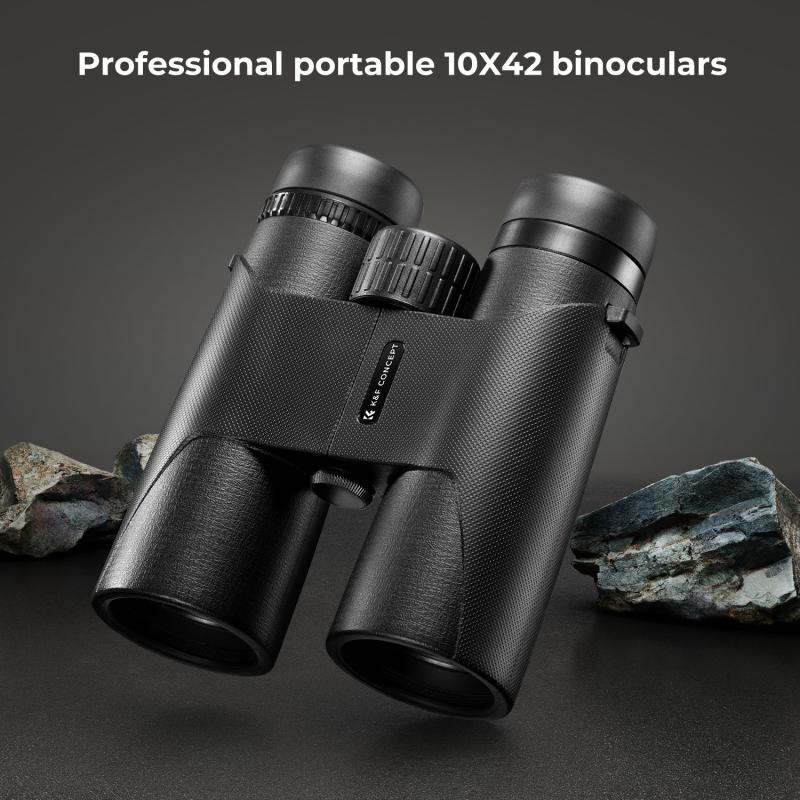
4、 Lens Coating: Fully multi-coated lenses for enhanced image clarity.
The best binoculars for astronomy are those that offer a combination of high magnification, large objective lens diameter, and excellent lens coating. When it comes to lens coating, fully multi-coated lenses are considered the gold standard for enhanced image clarity.
Lens coating refers to the thin layers of anti-reflective materials applied to the glass surfaces of binocular lenses. These coatings help to reduce glare and reflections, allowing more light to pass through the lenses and reach your eyes. Fully multi-coated lenses have multiple layers of coating on all air-to-glass surfaces, ensuring maximum light transmission and minimizing light loss.
The benefits of fully multi-coated lenses for astronomy are significant. They enhance image brightness, contrast, and color fidelity, allowing you to see celestial objects with greater clarity and detail. Whether you're observing the moon, planets, or deep-sky objects like galaxies and nebulae, fully multi-coated lenses can make a noticeable difference in the quality of your views.
It's worth noting that lens coating technology continues to evolve, and manufacturers are constantly improving their coatings to provide even better performance. Some binoculars now feature advanced coatings like dielectric or phase-corrected coatings, which further enhance image quality by reducing internal reflections and improving light transmission.
When choosing binoculars for astronomy, it's important to consider other factors as well, such as magnification, objective lens diameter, and overall build quality. However, the presence of fully multi-coated lenses is a crucial aspect to ensure optimal performance and a rewarding stargazing experience.
